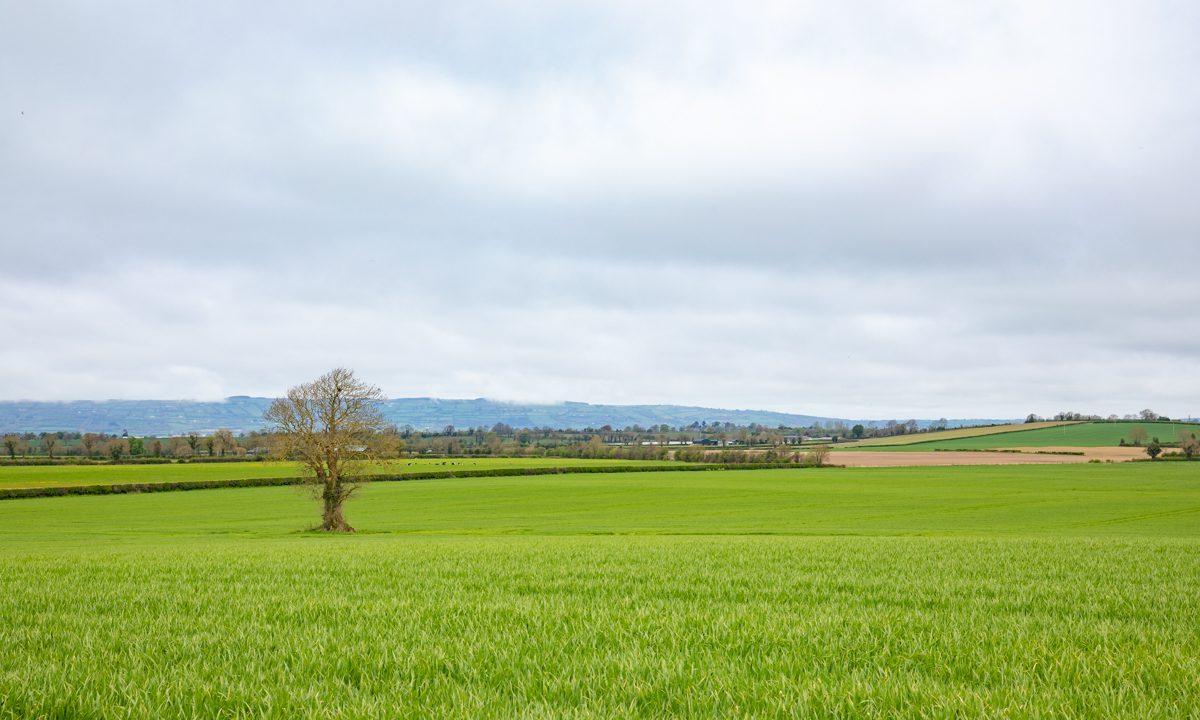A proposal from the Irish Natura and Hill Farmers Association (INHFA) could result in the planting of 10 million native Irish trees to represent the 10 million people born in the 26 counties since the formation of the Irish State.
INHFA spokesperson Vincent Roddy has outlined how the legacy project could provide the state with a unique opportunity to celebrate its citizens over the last century while also delivering in terms of climate change mitigation and increased biodiversity.
The proposal has been circulated to Oireachtas members and President of Ireland Michael D. Higgins.
Roddy said it will “provide those interested with the opportunity to plant a tree for themselves and family members both past and present”.
The tree planting project
According to the INHFA, the trees could be planted on farmland and private property and where these options are not available, on public land near the family home or an area of interest to the family.
Providing people with the option of where they can plant their trees, Roddy stated that it “will be a critical component of the initiative that can ensure a high uptake with Irish families both at home and abroad”.
“For the 4.9 million people currently living in the Republic of Ireland, this proposal will provide recognition of their involvement in our national story,” Roddy said.
In addition to this it provides families with the opportunity to remember and acknowledge family members that are now deceased. By recognising both the living and the dead this can be a commemoration of all our people who otherwise might not be acknowledged.
Roddy pointed out that in using a native Irish tree – many of which can live for up to 300 years – the state would create a “living legacy”.
Engagement with diaspora
“Moreover, this proposal can reach out to our diaspora by including them in this commemoration and, where required, help reconnect them with Ireland,” Roddy continued.
“Post-Brexit, this proposal can help re-engage with the estimated six million Irish people living in Britain, including first and second generation.
In the US there are 33 million people that identify as being Irish, representing 10% of the population. The opportunity to establish ‘family roots’ in Ireland is an option they would cherish, especially if it is on a farm or area that they can trace these roots back to.
The INHFA said that similar links could be fostered with the Irish populations of Canada, Australia, New Zealand, South Africa and Argentina.
The farming organisation said that it’s “acutely aware” of the many Irish people born on farms, who due to economic circumstances, had to emigrate.
“Of the 10 million people outlined we estimate that approximately three million have a direct connection with a farm,” Roddy added.
In developing this proposal, we believe that this will be recognised by present day farmers and, while it is optional, we would anticipate a major buy-in from the farming community who are proud of their heritage.
The INHFA has outlined how this proposal could be included as an action in any future Rural Environment Protection Scheme (REPS) programme.
“The INHFA is exploring further opportunities for farmers that will enhance income in addition to recognising improved on-farm outcomes in relation to climate change and biodiversity,” Roddy concluded.

